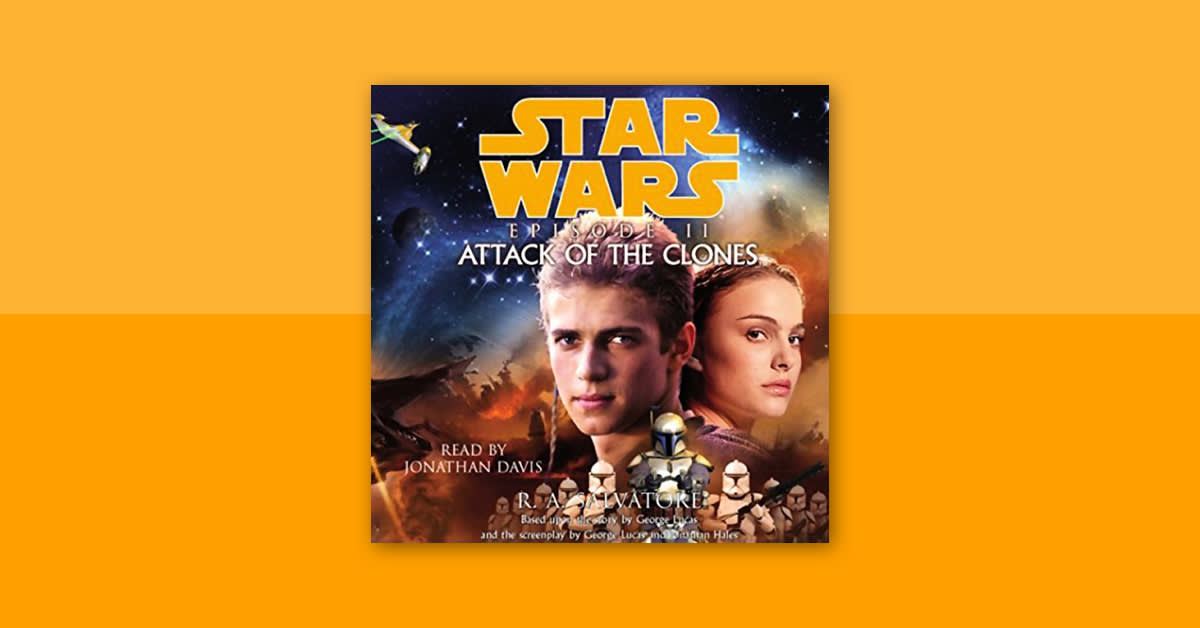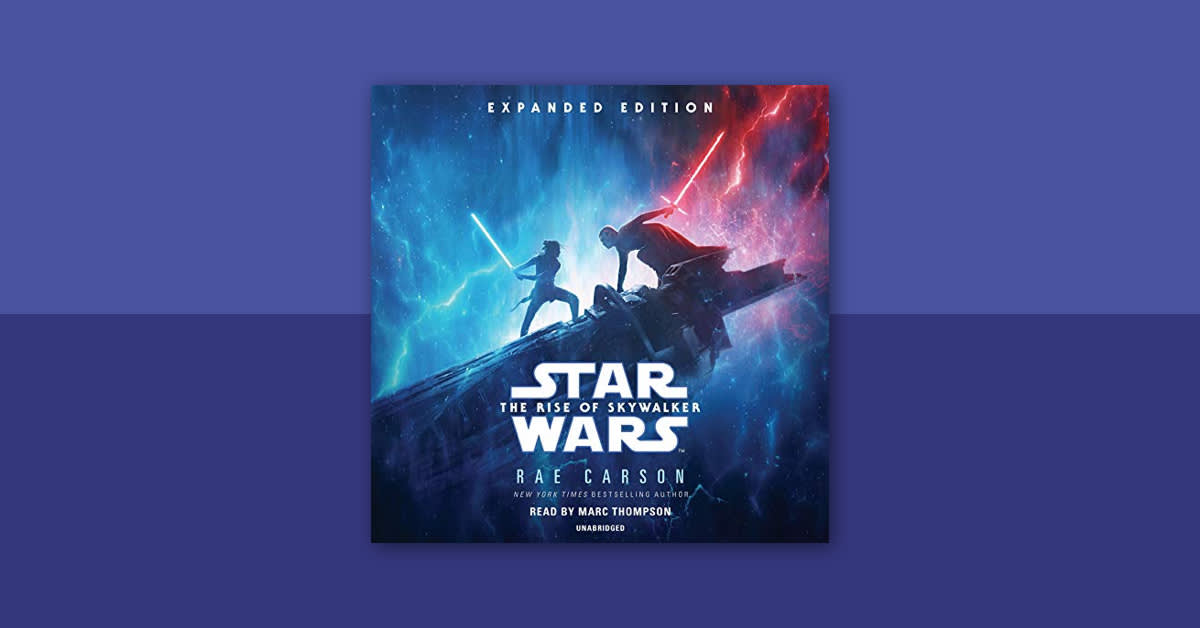In the early 1970s, a young filmmaker named George Lucas began writing an adventure-centric space opera inspired by elements ranging from sword and sorcery fantasy to Akira Kurosawa's The Hidden Fortress to the Vietnam War. He began shopping his ambitious, innovative project to studios and receiving rejections—until his vision finally found its home at 20th Century Fox. After gathering a principle cast of young newcomers by the names of Mark Hamill, Carrie Fisher, and Harrison Ford, shooting in locales as varied as Guatemala and Tunisia, and putting the film through rewrites and edits, Lucas created what would become one of the most enduring epics in cinematic history: Star Wars.
It’s been more than four decades since the release of 1977’s Star Wars (now known as Episode IV: A New Hope), and though the original Skywalker Saga that started it all has come to an end, the franchise is ever-expanding. Star Wars fans have more options than ever when it comes to media in the universe. There’s a slew of shows, both animated and live action, a growing roster of films, endless comics and books, an array of video and arcade games, and, of course, a score of innovative audiobooks—all set in that familiar galaxy far, far away.
Why did the Star Wars canon change?
But as Shmi Skywalker once said, “You can’t stop change any more than you can stop the suns from setting.” In October 2012, the Walt Disney Company acquired Lucasfilm, the production company responsible for creating Star Wars content. As we know now, Disney had huge plans for the franchise, with a new trilogy, a set of standalone films, and a deal with video game giant Electronic Arts (EA) all in the works. So, to free their own creators to make content that was boundless in exploration and to avoid any conflict in continuity with upcoming content, Lucasfilm announced that the expanded universe (EU) established prior to 2014 would be rendered non-canonical. Only Lucas’s six films (the original and prequel trilogies) and The Clone Wars (both the series and animated film) would be carried over into the new canon, while hundreds of comics and books and a few beloved games were now considered “Legends” of the Star Wars universe—not technically canonical, but immensely enjoyable stories set within the same universe.
If you’re still a little lost, don’t worry—below, we’ve broken it down a bit further so you can explore every corner of the Star Wars galaxy with confidence.
So, what is Star Wars canon?
As outlined in our , in January 2021 Lucasfilm announced a new set of six dividing eras for all canonical content: The High Republic, The Fall of the Jedi, The Reign of the Empire, The Age of Rebellion, The New Republic, and The Rise of the First Order. These periods span from the golden age of Jedi peacekeepers to the tumult of the Clone Wars to the rise of the ruthless Kylo Ren, and serve as a way of chronologically organizing an ever-expansive multimedia franchise.









